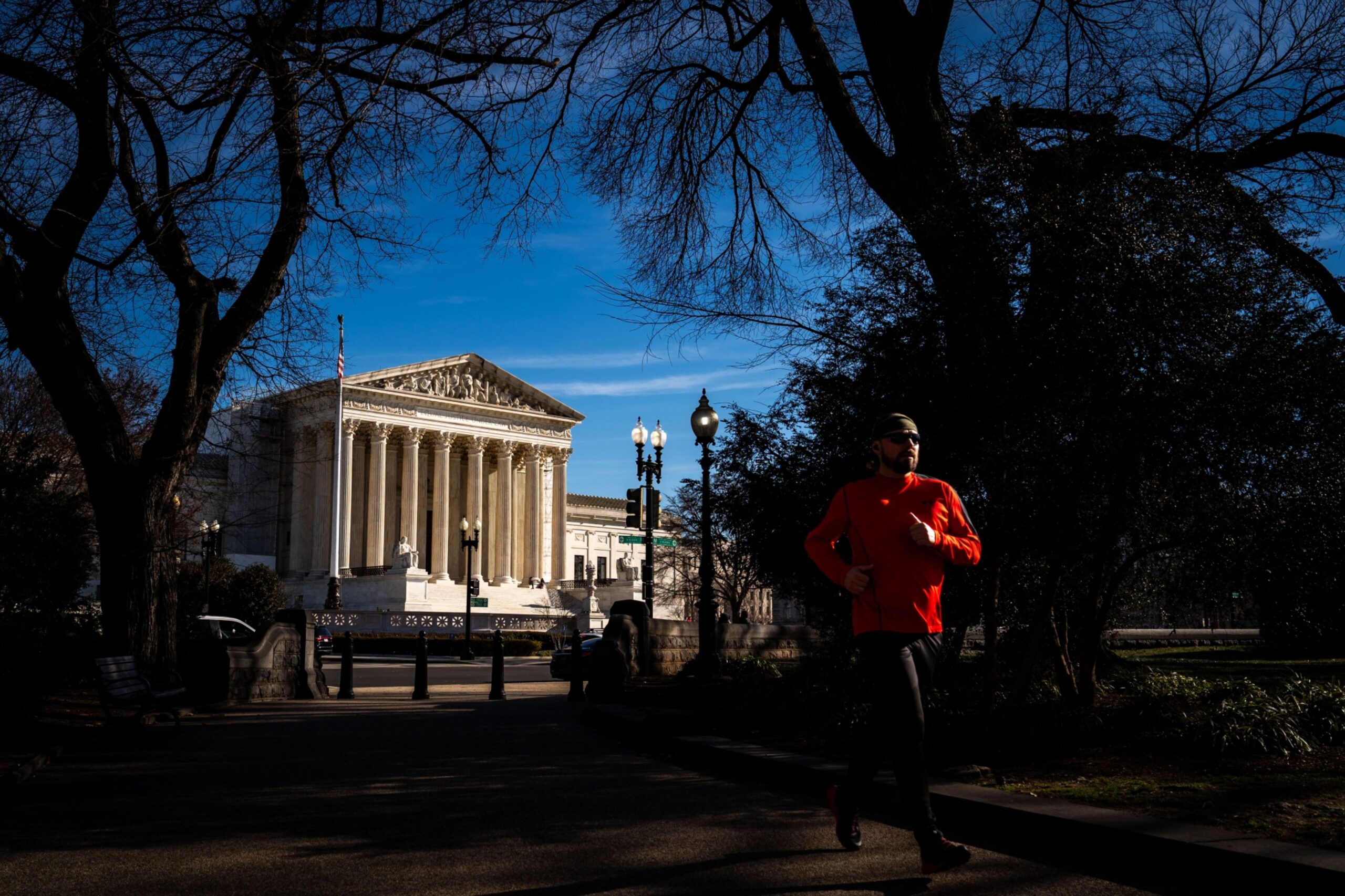- Home
- About
- Insurance
- Quote
- Dental/Health
- Service
- Notary
- News
- Referral Partners
- Agent Resources
Interested in Diversity?
Get automatic alerts for this topic.

[ad_1]

A divided US Supreme Court reinforced school efforts to use their admissions policies to foster socio-economic diversity, turning away an appeal that said a competitive Virginia public high school revised its criteria to change its racial composition.
The policy in question at Thomas Jefferson High School for Science and Technology was designed to achieve more geographic and economic diversity in the student body. The challengers, made up of some of the school’s students and parents, argued that the real goal was to reduce the percentage of Asian-American students.
The rebuff is a setback to racial-preference opponents who had sought to extend last year’s Supreme Court decision barring universities from using race in admissions for the sake of diversity. That decision, involving Harvard College and the University of North Carolina, left open questions about policies that don’t explicitly consider race but nonetheless affect a school’s racial composition.
Related: Supreme Court Rejects Use of Race in University Admissions
Although the new Supreme Court order doesn’t set a precedent, it leaves intact a 4th US Circuit Court of Appeals ruling that dissenting Justices Samuel Alito and Clarence Thomas said on Tuesday could serve as a “blueprint” for schools seeking to circumvent the 2023 decision.
“Just as TJ offers a road map for other selective schools to skirt the Equal Protection Clause, so too does the Fourth Circuit’s reasoning offer a road map for other federal courts to provide cover,” Alito wrote for the pair.
No Admissions Tests
The Fairfax County School Board adopted the new policy in 2020 in an effort to diversify its student body to include more people from underrepresented schools. Under an earlier system, an overwhelming majority of students came from just eight of the county’s 26 middle schools, the county said.
The new policy did away with longstanding admissions tests, replacing them with a process that guarantees a certain number of seats to each of the county’s middle schools and giving applicants extra points for socio-economic factors including eligibility for free meals and status as English-language learners.
The parents and students challenging the new policy said the share of Asian-Americans plunged in the admitted class to 54% in 2021 from 73% in 2020. The number of admitted Asian-American students fell even though the county increased the size of the entering class, the challengers said.
The 4th US Circuit Court of Appeals upheld the policy in May on a 2-1 vote.
“The challenged admissions policy’s central aim is to equalize opportunity for those students hoping to attend one of the nation’s best public schools, and to foster diversity of all stripes among TJ’s student body,” Judge Robert Bruce King wrote for the majority.
As is customary, the Supreme Court as a whole gave no explanation for the order.
Even before the June Supreme Court decision on affirmative action, colleges such as the University of Michigan had been working to diversity their student body through other recruiting tactics after an affirmative action ban went into effect in the state in 2006. Despite spending over 15 years working on these efforts, “race-neutral admissions policies have not significantly increased enrollment of underrepresented minorities,” the school wrote in a 2022 filing to the Supreme Court.
Without affirmative action, colleges would have to scrap preferences for legacy applicants and student athletes and replace them with alternatives like considering class to bring in more Black and Latino students, Georgetown University researchers found last year. Excluding those preferences is a highly unlikely move, given schools’ financial reliance on them.
Switching from race to socioeconomic status may also be more expensive than the race-based approach, the researchers said, because while about two thirds of students selected based on race or ethnicity are also low-income, all of the students selected for their economic standing would need additional financial assistance to afford college.
The 4th Circuit issued its decision several weeks before the Supreme Court ruled in the Harvard and North Carolina cases. The timing meant the high court had the option of ordering the 4th Circuit to reconsider the Thomas Jefferson case in light of the university ruling, but the justices instead rejected the appeal and effectively ended the lawsuit.
The Supreme Court case is Coalition for TJ v. Fairfax County School Board, 23-170.
Photo: The US Supreme Court in Washington, DC. Photographer: Kent Nishimura/Bloomberg
Topics
K-12
Get automatic alerts for this topic.
[ad_2]
Source link
Comment (0)